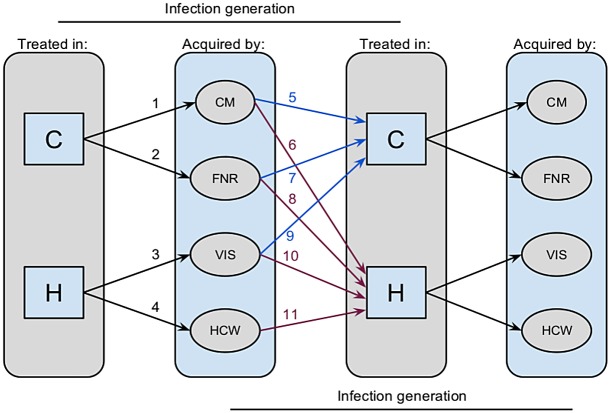Figure 2. Structure of a model for human-to-human transmission of Ebola virus.
Flow of transmission is depicted through two generations of infection in a multi-type branching process model of Ebola virus transmission. Grey panels show that infected persons may be treated in either the community (C, blue paths) or hospital (H, purple paths). Community-treated patients may give rise to secondary infections in community members through nursing care (CM) or in the process of body preparation and burial (FNR). Hospital-treated patients may give rise to secondary infections in HCWs or visitors (VIS). Infected persons may either be treated in the community or in the hospital at rates that depend on the conditions under which the infection was acquired.

